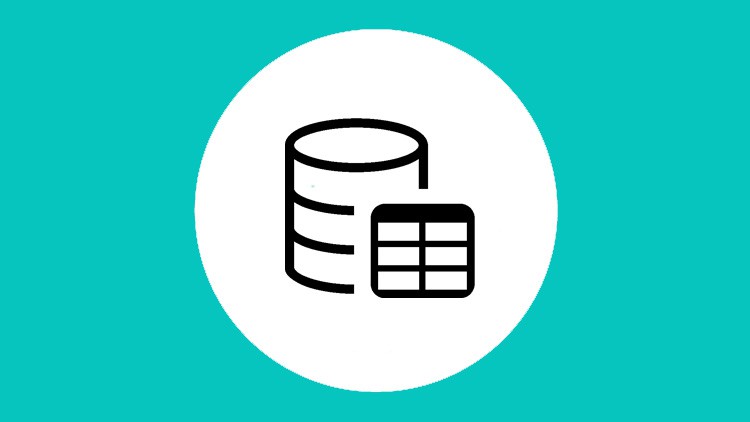
What you will learn
Student will recognize meaning of database, DBMS, component of DBMS environment, Advantages and disadvantages of DBMS, and three-level database architecture
Student will understand terminology of relational model and how to use Entity–Relationship (ER) modeling in database design
Student will understand the purpose of normalization, data redundancy, how to identify functional dependencies, the process of normalization
Student will understand data types supported by SQL standard, how to create a table and define integrity constraints using SQL
Student will understand how to update database using INSERT, UPDATE, and DELETE, how to retrieve data from one table and multiple table using SELECT
Description
In computing, a database is an organized collection of data stored and accessed electronically from a computer system. Where databases are more complex, they are often developed using formal design and modeling techniques.
The database management system (DBMS) is the software that interacts with end users, applications, and the database itself to capture and analyze the data. The DBMS software additionally encompasses the core facilities provided to administer the database. The sum of the total in the database, the DBMS and the associated applications can be referred to as a “database system”. Often the term “database” is also used loosely to refer to any of the DBMS, the database system or an application associated with the database.
This course introduces concepts and terminologies in database system, like database architecture, relational model, Structured Query Language (SQL), security issues in database environment, normalization technique, ER modeling, and database technologies like Data warehouse concept. It gives student basic knowledge about how to create and modify tables that appropriate to the requirements of organization.
The content format for this course mainly learns from video and take a quiz to assessment knowledge for the course. Total duration for this course is one hour. Short enough for the duration of the learning time, compact and simple to understand.
Content
Introduction to Databases
The Relational Model
Normalization
SQL – Data Definition
SQL – Data Manipulation